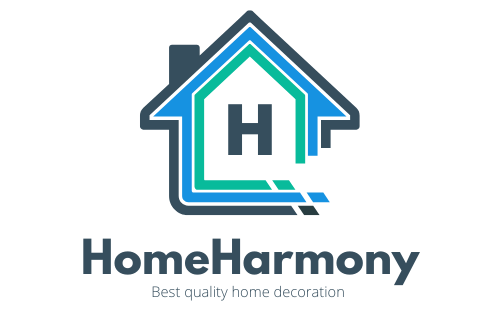Have you ever tried to escape the chaos of a noisy house, only to realize there’s nowhere to hide? For years, open concept homes have been the darling of real estate, praised for their airy, modern feel. But something surprising is happening: builders are quietly turning away from these wide-open layouts. It’s not just a trend—it’s a response to what homebuyers are asking for, and the reasons might just make you rethink everything you thought you wanted in a home. Let’s dive into the real reasons why open concept is losing its shine.
Privacy Is Now a Priority
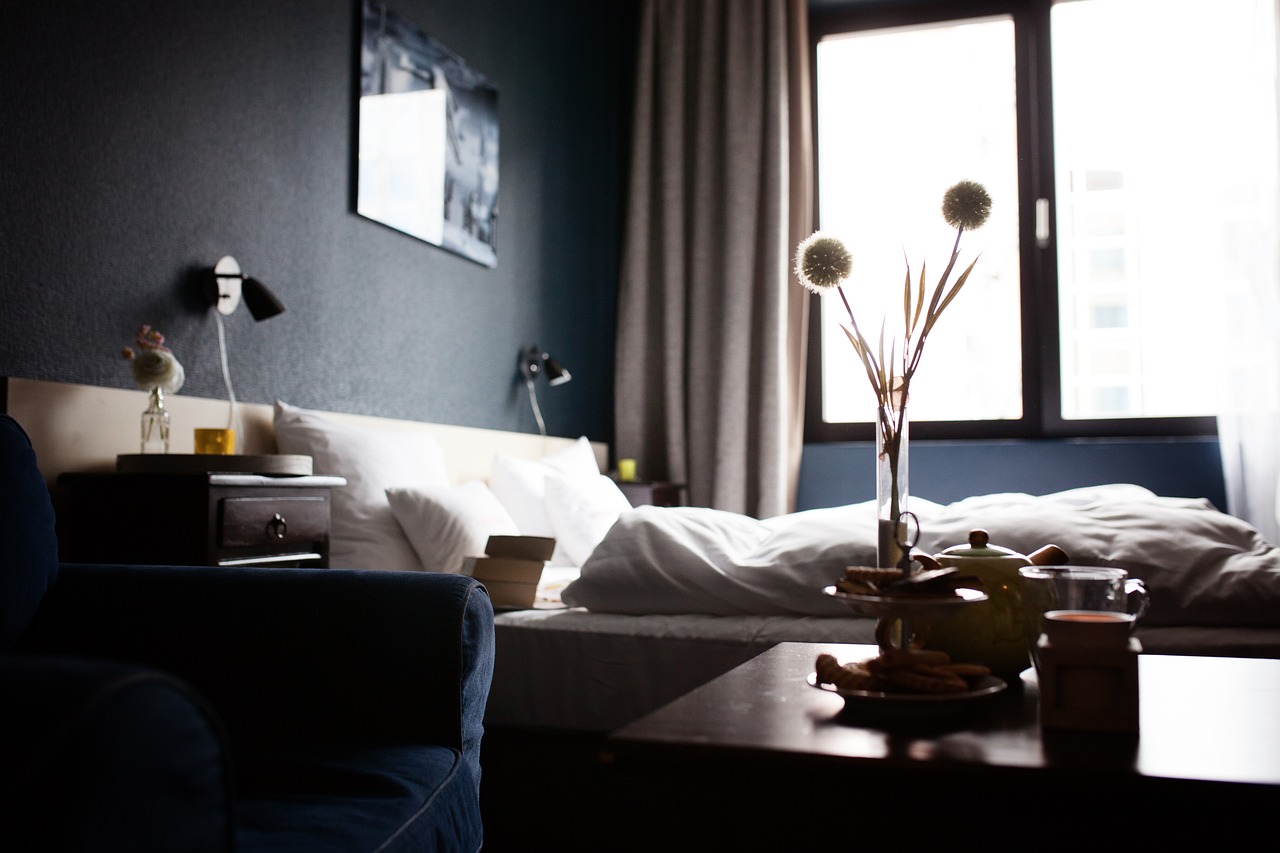
Privacy has become a non-negotiable for many families, especially after spending so much time at home in recent years. The hustle and bustle of daily life, remote work, and even virtual learning have made people crave their own personal corners. Open concept living rooms and kitchens might look stunning, but they don’t offer much in the way of solitude. Parents can’t take a work call without background noise, and kids can’t find a quiet place to study. Builders are listening—walls and doors are making a comeback, and “open” is taking a back seat to “private.” Today’s buyers want spaces where they can retreat, recharge, and get a little peace without feeling like they’re always on display.
Mess & Smells Spread Unchecked
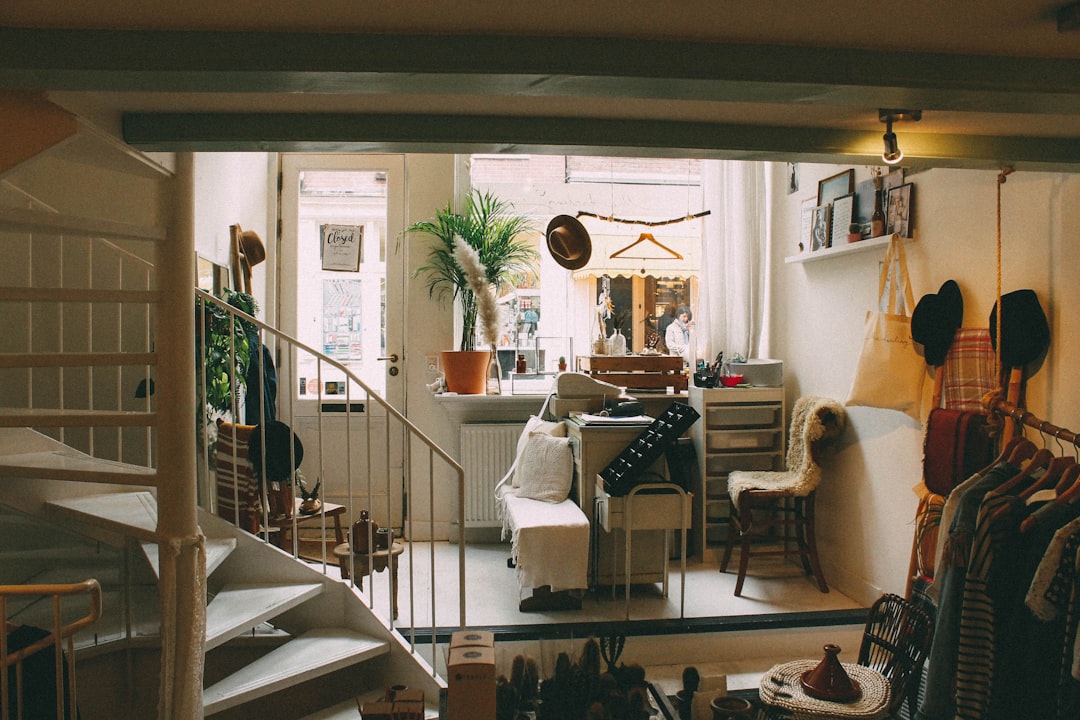
One overlooked downside of open layouts is how mess and smells travel freely. Imagine cooking a spicy curry or frying fish—the aroma doesn’t just fill the kitchen, it seeps into the sofa, the curtains, and even your clothes. Toys, shoes, and paperwork are often visible from every angle, making the home feel untidy even when you’ve only missed one cleaning day. For families with pets or kids, this problem multiplies. Builders are now designing homes with clear boundaries, using doors and walls to keep clutter and odors contained. It’s a practical move, giving homeowners the ability to close off the mess and keep living spaces feeling fresh and organized.
Energy Inefficiency

Heating and cooling an open concept home can be a real energy drain. With fewer walls to contain warmth or cool air, it’s harder to keep different zones comfortable without cranking up the thermostat. This not only impacts the environment but can also cause utility bills to skyrocket, especially during extreme seasons. People are becoming more aware of their energy use and want homes that are both comfortable and cost-effective. Builders are responding by creating smaller, defined rooms that are easier to heat or cool individually. It’s a smart shift—one that meets growing demand for sustainable and energy-efficient living.
Buyers Want Defined, Cozy Spaces
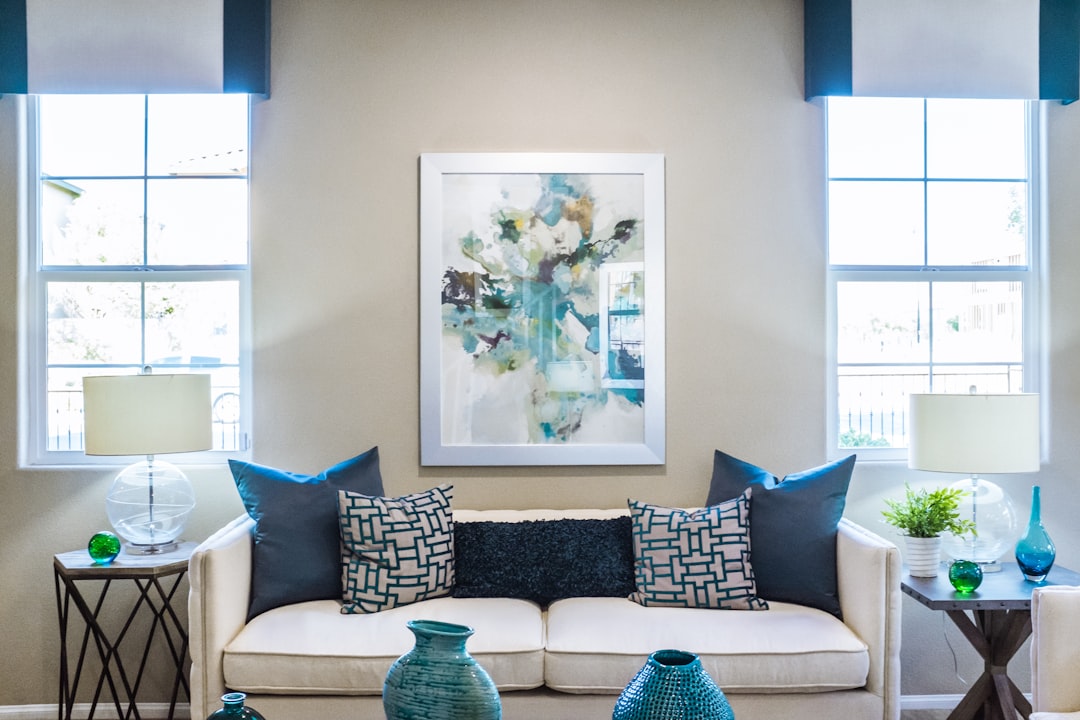
There’s a new appreciation for rooms that feel cozy and inviting—think snug living rooms, reading nooks, and breakfast corners. Open concept can sometimes feel cold or cavernous, lacking the intimacy that makes a house feel like a home. People want spaces that bring them together without feeling exposed. Builders are designing homes with more walls and corners, allowing for personalization and warmth. Cozy spaces encourage conversation and relaxation, making it easier for families to connect. The result? Homes that feel more welcoming, less like a showroom, and more like a sanctuary.
Resale Concerns: Not Everyone Loves Openness
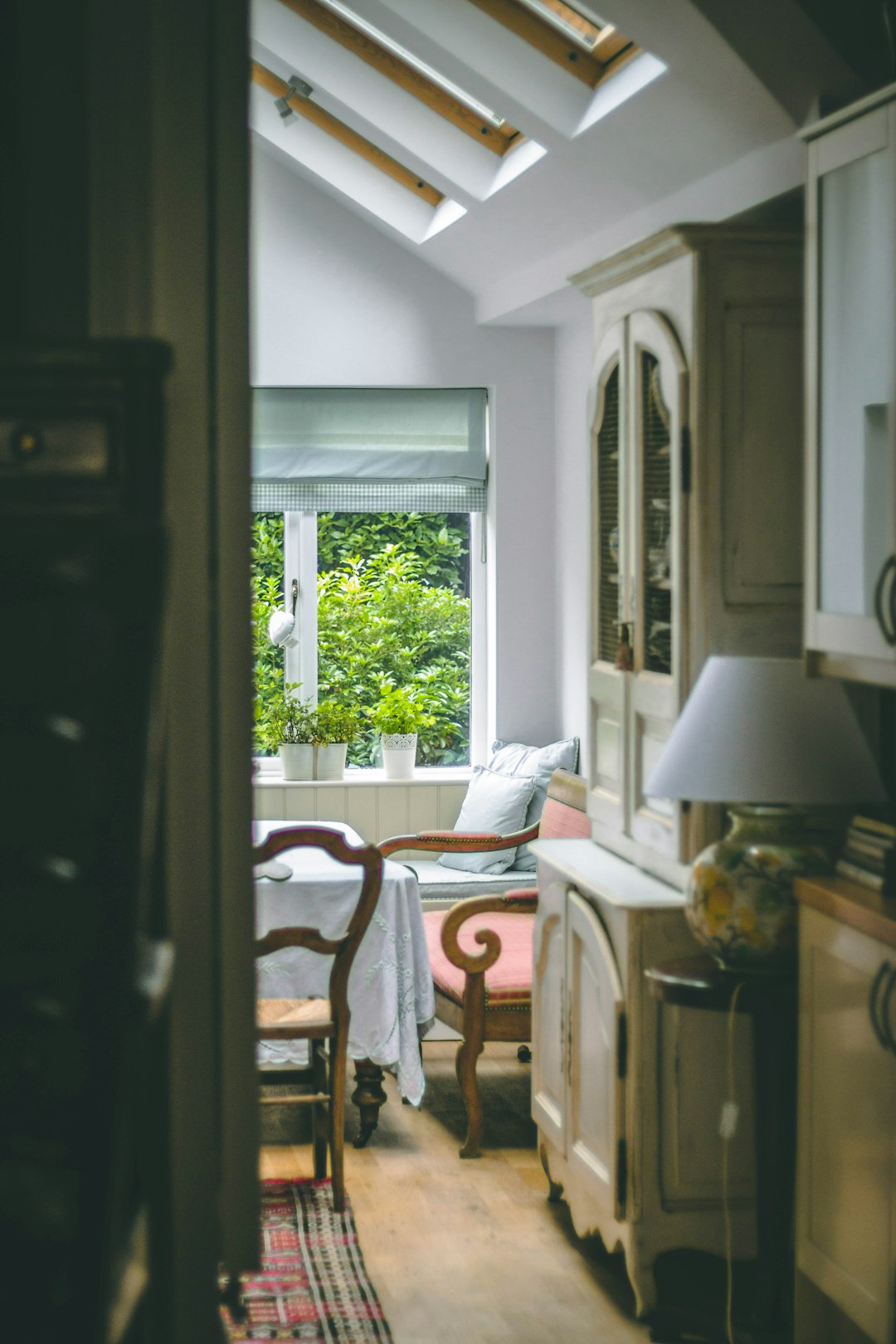
Open concept isn’t for everyone, and that’s becoming increasingly clear in the real estate market. Some buyers walk into a vast, open space and feel overwhelmed or unsure how to use it. Others simply prefer traditional layouts where each room has a clear purpose—dining room, study, living room, and so on. This matters when it comes time to sell. Homes with more defined rooms tend to appeal to a wider range of buyers, making them easier to resell. Builders are paying attention to these concerns, opting for designs that won’t alienate future home shoppers. After all, a home is an investment, and flexibility is always a smart choice.
Design Challenges & Lack of Character
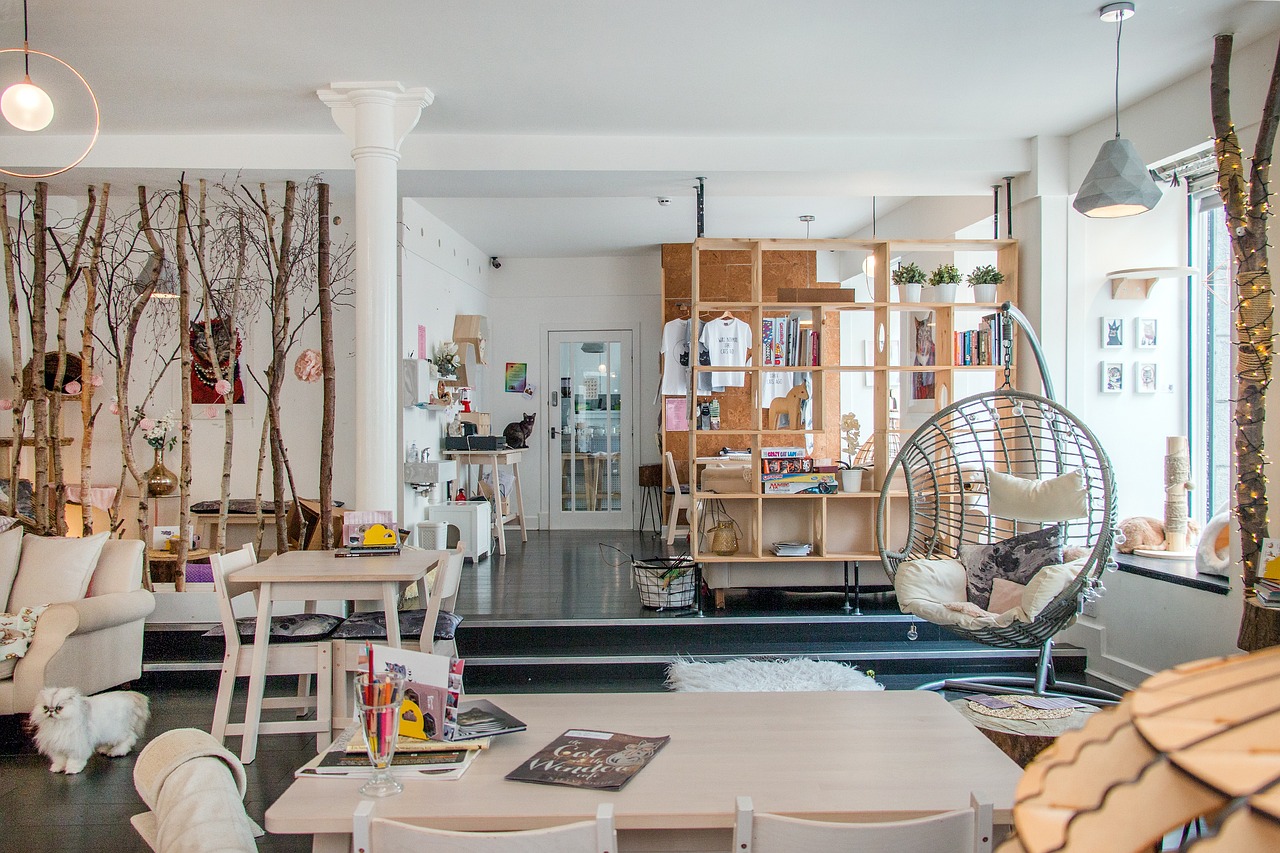
It’s not easy to add personality to a giant, open space. Large rooms can feel bland or generic, lacking the unique touches that make a house special. With fewer walls, there’s less opportunity for built-ins, art displays, or architectural details like moldings and alcoves. Builders are realizing that defined rooms allow for more creativity and character. Homeowners can express their style in each space, choosing bold colors for a study or comfy textures for a den. This move away from open concept is bringing back charm and individuality, making each home feel truly one-of-a-kind.
The Rise of Multi-Functional Spaces
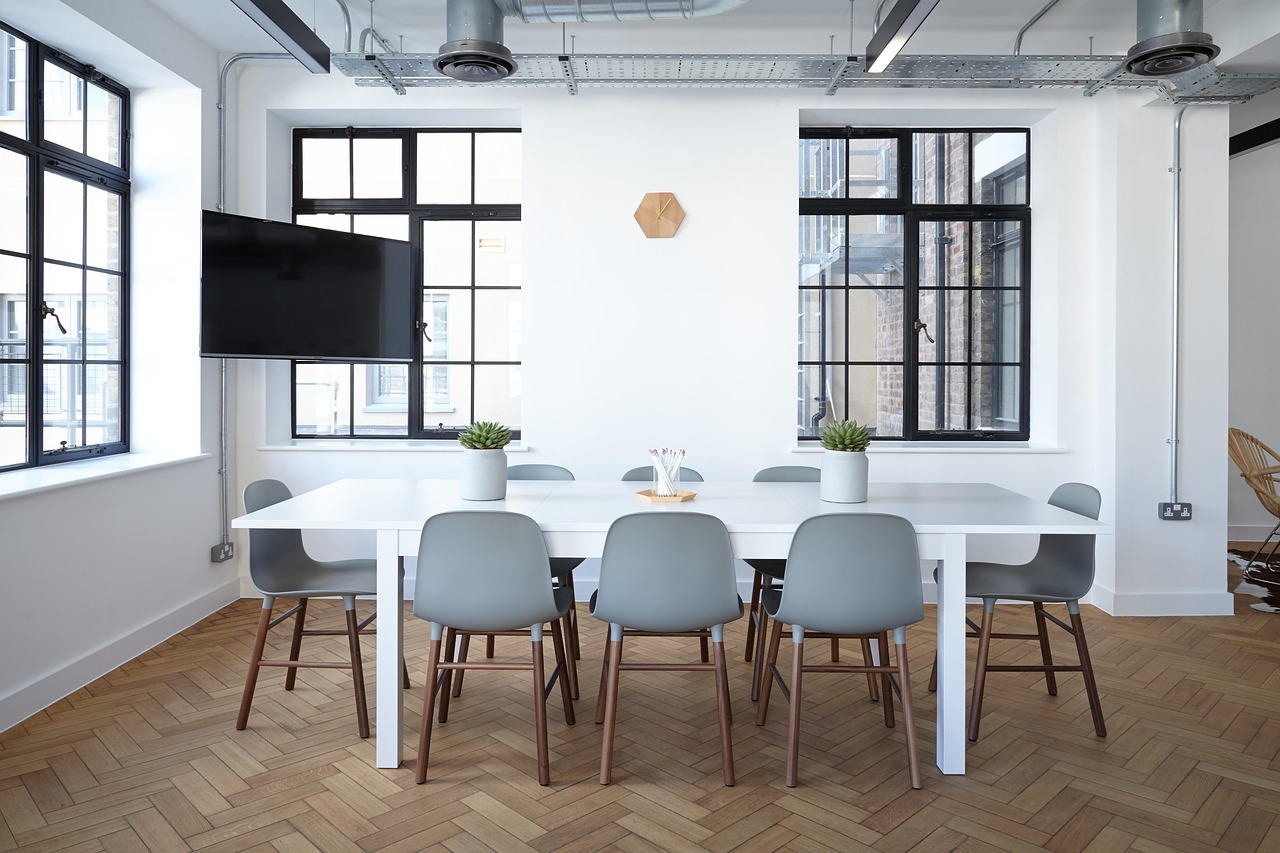
Life isn’t one-size-fits-all, and homes shouldn’t be either. More families need rooms that serve multiple purposes—a guest bedroom that doubles as a home office, or a den that can transform into a playroom. Open concept makes it hard to create these flexible areas without expensive renovations. Builders are now designing rooms with versatility in mind, adding sliding doors, built-in shelves, and clever layouts. These multi-functional spaces help homeowners adapt as their needs change, whether it’s welcoming a new baby or starting a home business. It’s about making the most of every square foot.
The Impact of Remote Work

Remote work isn’t a temporary trend—it’s the new normal for millions. That means home offices have gone from “nice-to-have” to “must-have.” Open layouts make it tough to find a quiet spot for Zoom calls, deep work, or just a little focus time. Builders are responding by including dedicated office spaces, sometimes with soundproofing or extra insulation. These rooms offer a professional environment without the distractions of kitchen clatter or TV noise. For many, having a place to work in peace is just as important as having a great kitchen.
Emphasis on Outdoor Living
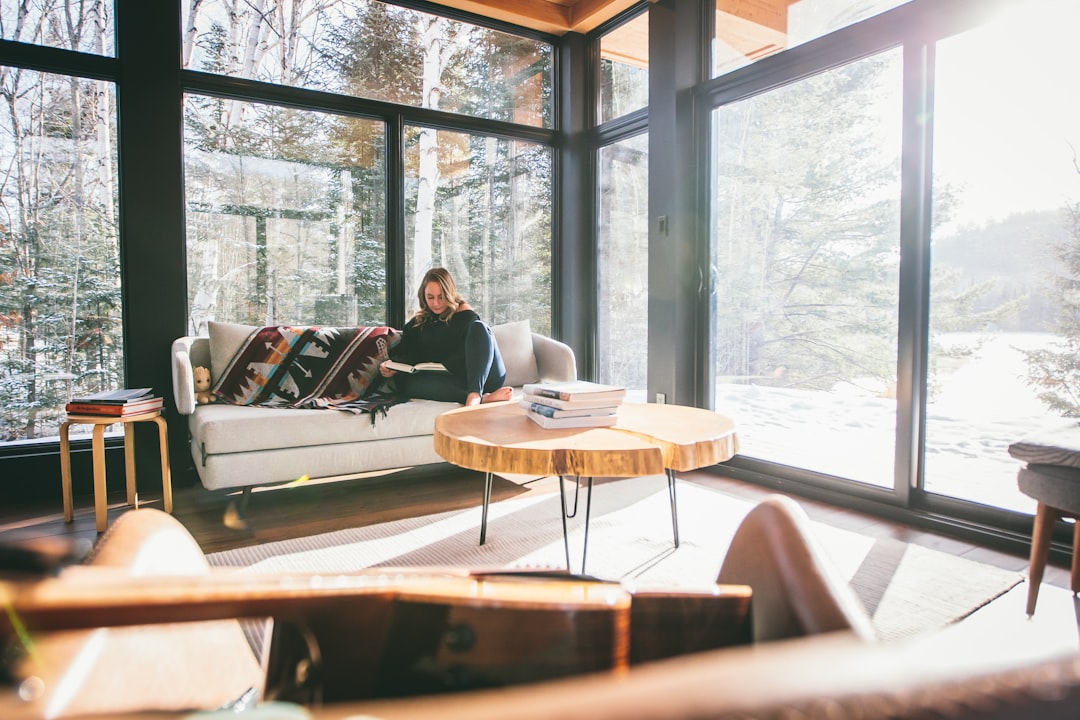
Another shift in home design is the focus on outdoor living. People want patios, decks, and gardens that feel like natural extensions of their homes. Open concept interiors can sometimes blur the line between inside and out, but without the right flow, these spaces can feel disconnected. Builders are now creating defined areas that open onto the outdoors—think French doors from the dining room to a shaded terrace. This approach makes it easier to entertain, relax, or just enjoy a cup of coffee in the fresh air, all while keeping indoor spaces organized and private.
A Shift Towards Thoughtful Design
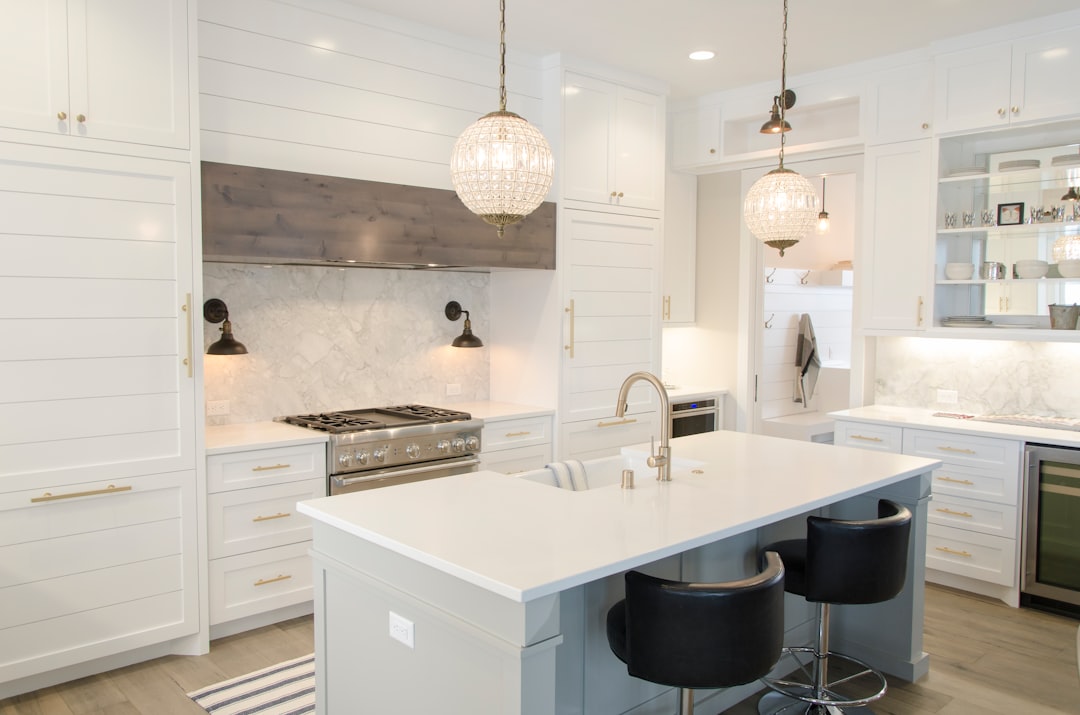
The move away from open concept isn’t just about walls or doors—it’s about creating homes that truly fit the way people live today. Builders are listening to buyers and reimagining layouts to prioritize comfort, efficiency, and individuality. It’s a shift toward homes that work for real families, with real needs, in a changing world.

Henrieke Otte is an accomplished writer and content editor, specializing in topics that inspire thoughtful living—ranging from global travel and sustainable lifestyles to interior design and architecture. With a keen editorial sense and a background in cultural studies, Henrieke brings depth, elegance, and clarity to every piece she crafts.
Her work is known for its engaging voice, visual sensitivity, and ability to turn complex ideas into accessible, reader-friendly narratives. Whether exploring eco-conscious destinations, dissecting climate-conscious home trends, or curating serene living spaces, Henrieke writes with a balance of creativity and insight that resonates with design-savvy, environmentally aware audiences.
Driven by a love of meaningful storytelling and a refined aesthetic, Henrieke contributes regularly to digital platforms and magazines where quality content meets visual sophistication.
